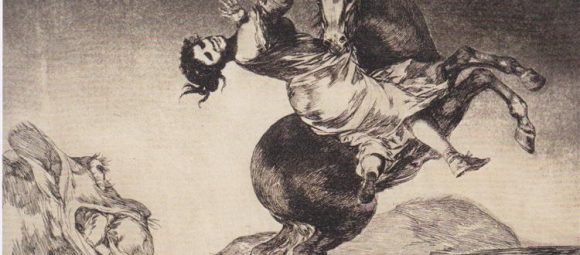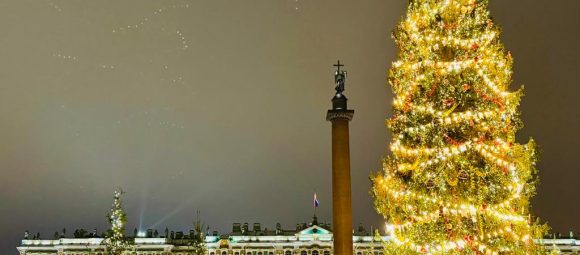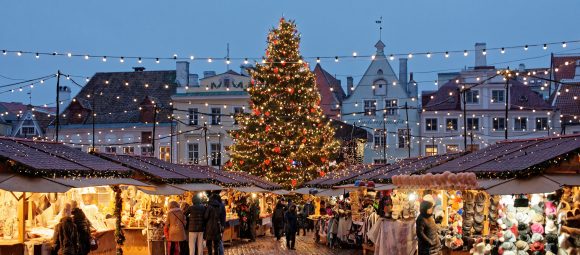Clear Skies Over Spain? The Spanish Civil War in Literature, Art, and Myth
By Dmitri Yusov | ANNO Media
On July 17, 1936, Spain woke to a nightmare that would last nearly three years and leave scars that still ache today. The Spanish Civil War, triggered by a military uprising led by General Francisco Franco against the democratically elected Republic, was not only a national tragedy but also a global battlefield for ideals—between fascism and democracy, conservatism and progress, memory and forgetting.
Yet beyond the politics and bloodshed, the war gave rise to an extraordinary cultural and artistic legacy—one born in the trenches, exile, and exile of the soul.
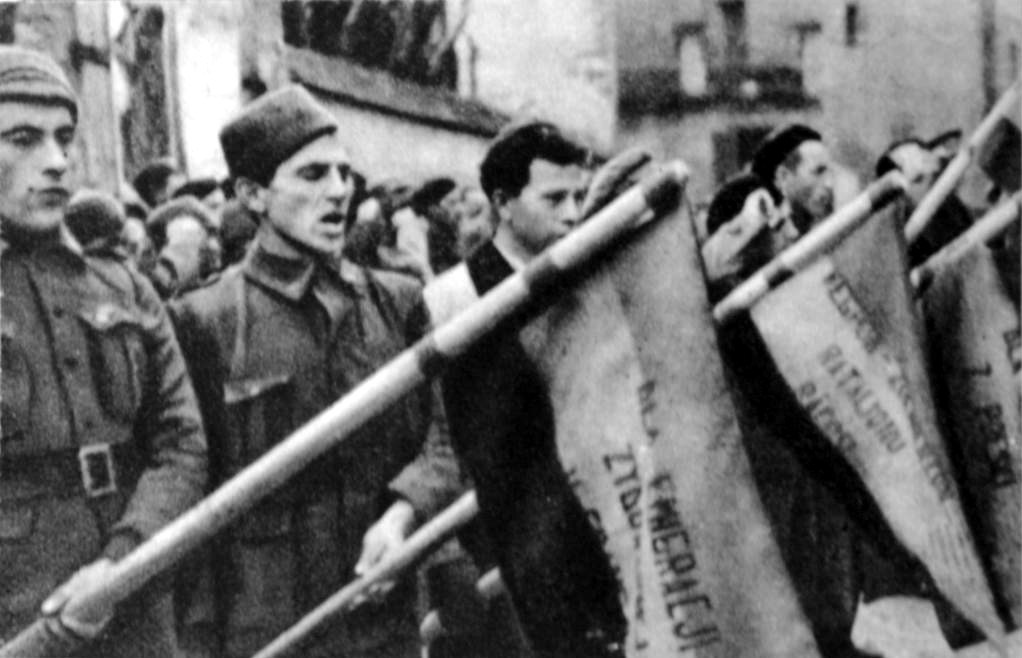
Lorca’s Silence
Perhaps no figure embodies the tragedy more than Federico García Lorca, Spain’s most beloved poet and playwright. A voice of duende, surrealism, and deep Andalusian folklore, Lorca was arrested by Nationalist forces in Granada in August 1936 and executed shortly after. His body was never found.
Lorca’s death is emblematic of the war’s cruelty and the targeting of intellectuals, artists, and dissenters. To many, he became a martyr of poetry, a symbol of silenced Spain. His final plays—La Casa de Bernarda Alba, Doña Rosita the Spinster—were infused with the premonition of doom, though they never imagined how close it truly was.
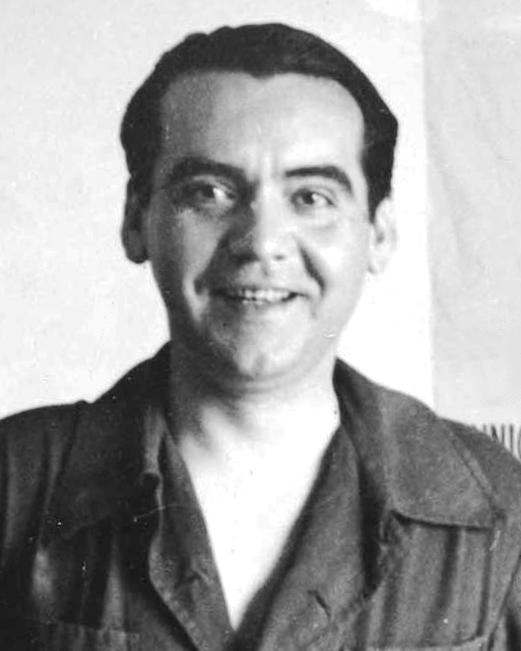
Federico García Lorca
Hemingway’s War
On the other side of the Atlantic, a group of international writers and journalists descended on Spain to cover what they saw as the first battle of a coming world war. Among them was Ernest Hemingway, who traveled through the frontlines with Martha Gellhorn, writing dispatches and absorbing the landscape of ideological despair and heroism.
His novel For Whom the Bell Tolls (1940), written after the war’s end, romanticized the doomed struggle of the International Brigades. Through the eyes of Robert Jordan, an American fighting for the Republic, Hemingway crafted a tale of love, sacrifice, and futility. While criticized for its myth-making and flattening of complex Spanish realities, the book remains one of the most powerful literary testaments of the conflict.
Picasso’s Guernica: Art as Protest
Then there is Guernica—arguably the most famous anti-war painting in history. In April 1937, the Basque town of Guernica was bombed by German and Italian forces allied with Franco. The civilian massacre shocked the world.
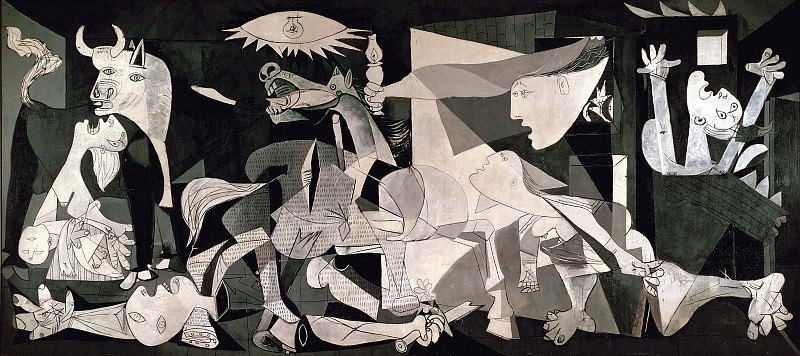
Guernica – Pablo Picasso (1937)
Pablo Picasso, living in Paris, painted his massive black-and-white mural in just over a month for the Spanish Pavilion of the 1937 Paris World’s Fair. Guernica is not a depiction but a howl: twisted bodies, screaming horses, fragmented limbs—all rendered in anguished cubism. For decades, the painting was exiled from Spain, residing at MoMA until it could return after Franco’s death. Today it hangs in the Reina Sofía Museum in Madrid as a permanent warning.
“Сlear skies over all of Spain” — Myth or Message?
Soviet and post-Soviet histories often refer to a chilling phrase supposedly transmitted by the rebels at the start of the coup:
“Над всей Испанией безоблачное небо”
(“There are clear skies over all of Spain”).
This has been interpreted as a coded confirmation that the military uprising had begun nationwide—a metaphor cloaking murder in meteorology. The phrase has appeared in Russian literature, history books, and films (e.g., in Anatoly Rybakov’s Heavy Sand), acquiring a near-mythic status.
Yet Spanish primary sources offer no evidence of this phrase being officially used by Francoist forces. Like many war-time expressions, it may lie somewhere between propaganda and poetic license.
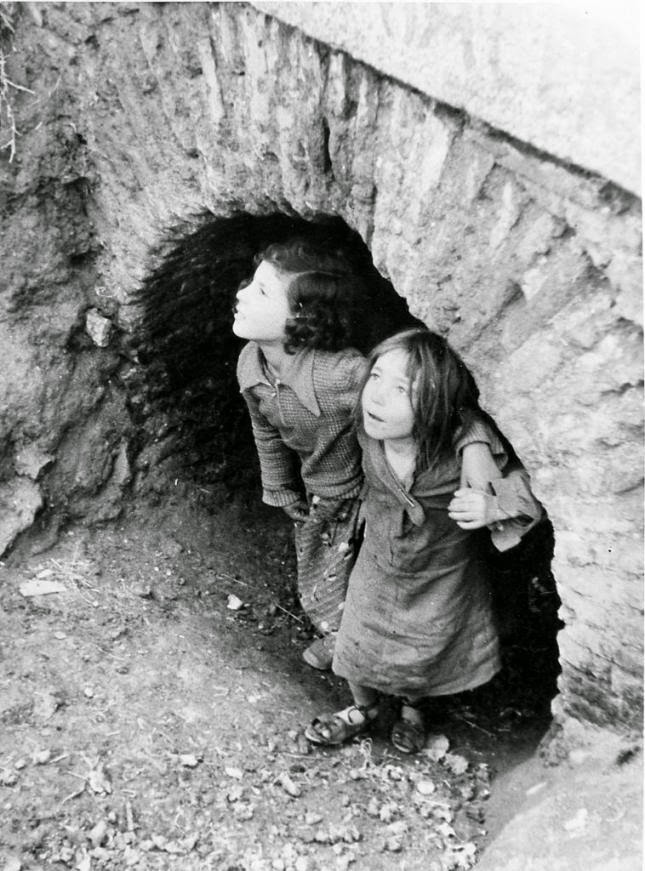
Children during the Madrid bombing
Legacy and Remembrance
The Spanish Civil War remains a haunting prism. For some, it’s a story of brother against brother. For others, it is the lost fight for freedom. The Pact of Forgetting (Pacto del Olvido) that followed Franco’s death tried to move Spain forward by silencing its past. But literature and art refused to forget.
From George Orwell’s gritty Homage to Catalonia to Luis Buñuel’s surreal films, from the poetry of Antonio Machado to the paintings of Joan Miró, the war’s echoes endure.
As we mark another year since the sky turned dark over Spain, we remember that sometimes the most enduring truths are found not in archives or communiqués, but in canvases, poems, and the silences that follow a poet’s last breath.

